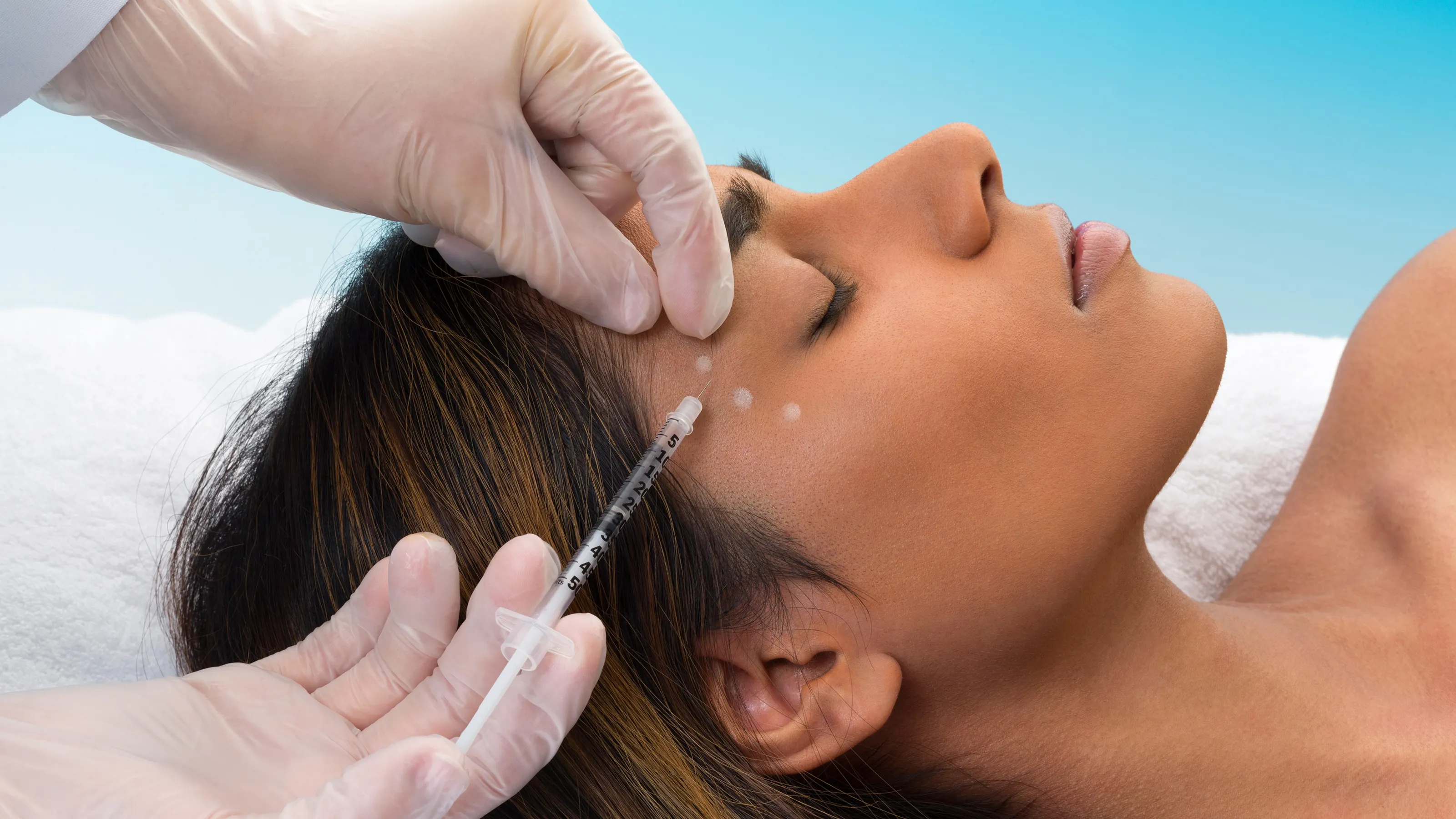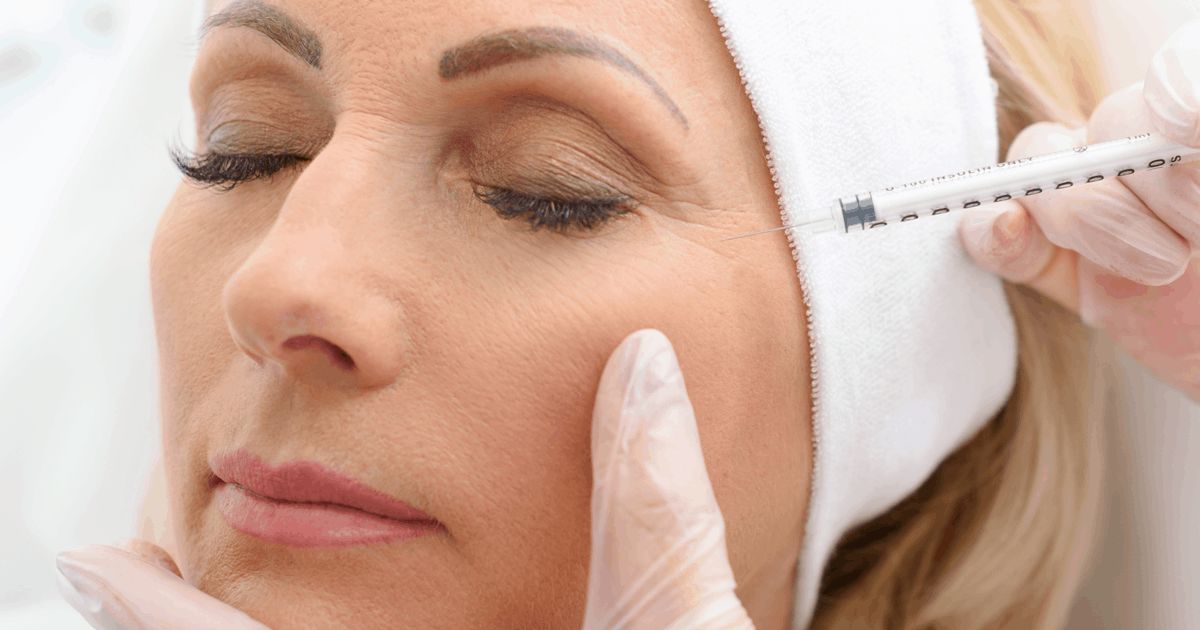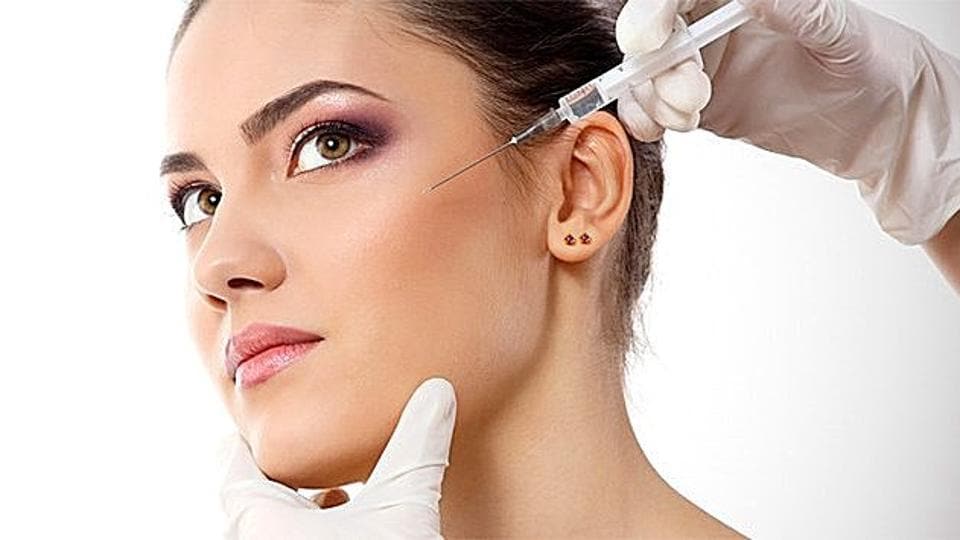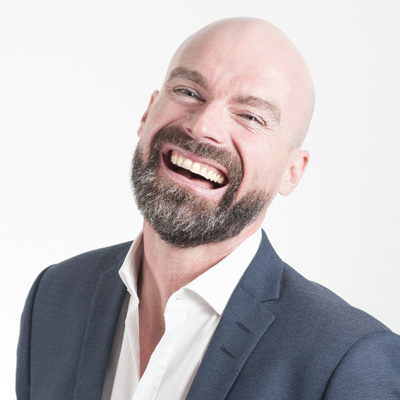Botox
Botox: Cosmetic and medical uses
Botox is a drug that weakens or paralyzes muscle. In small doses, it can reduce skin wrinkles and help treat some medical conditions.
Botox is a protein made from Botulinum toxin, which the bacterium Clostridium botulinum produces. This is the same toxin that causes botulism.
Botox is a toxin, but when doctors use it correctly and in small doses, it can have benefits. It has both cosmetic and medical uses.
As a cosmetic treatment, Botox injections can reduce the appearance of skin wrinkles.


How does it work
Botox is a neurotoxin. These substances target the nervous system, disrupting the nerve signaling processes that stimulate muscle contraction. This is how the drug causes temporary muscle paralysis.
In order for any muscle to contract, the nerves release a chemical messenger called acetylcholine at the junction where nerve endings meet muscle cells. Acetylcholine attaches to receptors on the muscle cells and causes the cells to contract, or shorten.
Botox injections prevent the release of acetylcholine, which stops the muscle cells from contracting. In this way, the toxin helps the muscles to become less stiff.
Procedure
Clinicians use Botulinum toxin by diluting the powder in saline and injecting it directly into neuromuscular tissue.
It takes 24–72 hoursTrusted Source for the toxin to take effect. Rarely, it can take as long as 5 days for the full effects to show. They may last 3–12 months, depending on the treatment.
People should avoid using Botox during pregnancy or breastfeeding, or if they have ever had an allergic reaction to the drug or any of its ingredients.

Make an Appointment
Book your appointment today for a personalized consultation. Whether you're interested in PRP treatment or other hair restoration solutions, our expert team is here to guide you through the process. Let's discuss how we can help you achieve your desired results.
Frequently Asked Questions
Hair restoration and PRP therapy can raise many common concerns among our clients. Below, we’ve compiled answers to frequently asked questions to help you better understand the PRP hair treatment process, its benefits, and what to expect during your journey to healthier hair. If you have any additional questions, feel free to contact our specialists.
-
What is PRP hair
treatment and how does it work?
PRP (Platelet-Rich Plasma) therapy involves drawing a small amount of your blood, processing it to extract the platelet-rich plasma, and injecting it into your scalp. The platelets release growth factors that stimulate hair follicles, promoting natural hair growth and improving hair thickness.
-
How
long does it take to see results from PRP hair treatment?
Most patients begin to see noticeable improvements within 3-6 months after starting PRP therapy. However, the timeline can vary based on individual hair growth cycles and the severity of hair thinning.
-
Is
PRP treatment painful?
The procedure involves minor discomfort since it uses small injections into the scalp. Most patients find the pain tolerable, and a numbing cream is often applied beforehand to minimize any discomfort.
-
How
many PRP sessions will I need?
Typically, a series of 3-4 sessions spaced 4-6 weeks apart is recommended to achieve optimal results. After the initial treatments, maintenance sessions every 6-12 months may be suggested to sustain hair growth.
-
Are
there any side effects of PRP hair treatment?
PRP treatment uses your own blood, so the risk of adverse reactions is minimal. Some mild swelling, redness, or tenderness at the injection site may occur but typically resolves within a few days.





